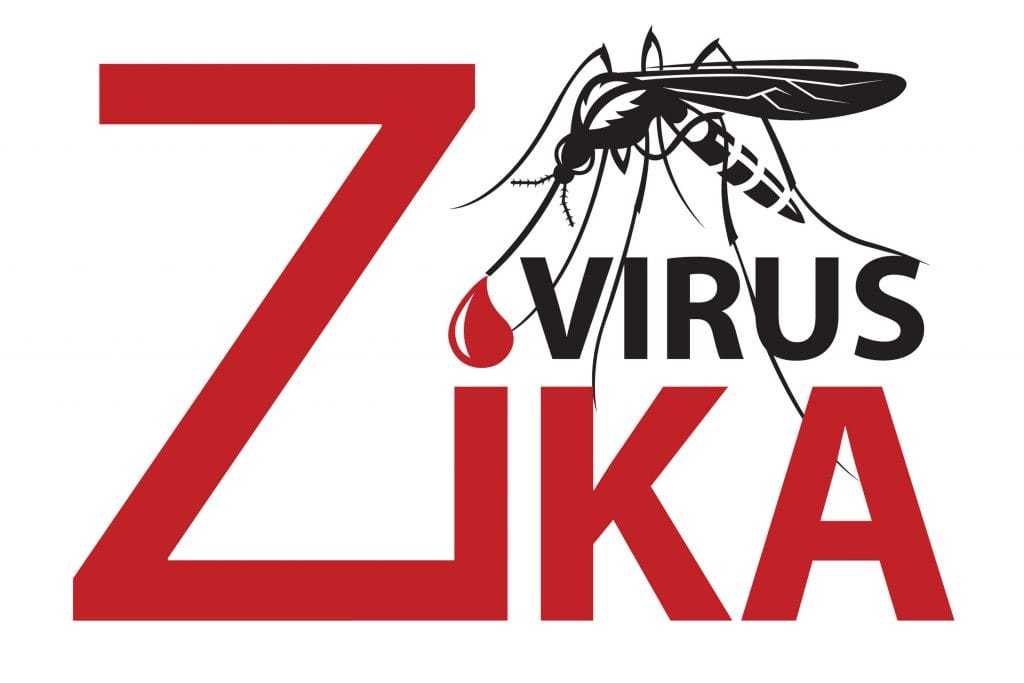Though the Zika virus has been known of for far longer, it was brought to the forefront of the public’s attention during the 2015-2016 epidemic that saw the virus become common throughout central and south America.
The virus is primarily transmitted by female Aedes aegypti and Aedes albopictus mosquitoes which are typically active from dawn to dusk.

Prevalence
The virus was first isolated in its namesake Zika forest of Uganda in 1947. Just a year later, the virus was discovered in a mosquito species Aedes africanus, indicating its circulation among mosquitoes. One study believes that the virus was then introduced to the Malaysian-Indonesian region of South-East Asia by the 1950s, after which the virus circulated both East and West, eventually reaching India.
In India, the first outbreak was reported in Ahmedabad in January 2017 and the second in Tamil Nadu’s Krishnagiri district in July of the same year. Both these outbreaks were successfully contained through intensive surveillance and vector management.
Zika did not hit the headlines again until a recent — and significantly larger — outbreak in Rajasthan which has involved over one hundred individuals being diagnosed with the virus. Of these victims, a large number have been pregnant women, running the risk of the more severe symptoms that affect the unborn child.
Symptoms
The most common symptoms of the Zika virus are common to many mosquito-borne diseases, making diagnosis and issue. Symptoms such as a fever, headaches and vomiting are present in vast numbers of infectious diseases. One feature of the disease — the rash that may be present near the mosquito bite — again suffers the drawback of being a common feature of mosquito and insect vector-borne diseases.
Many individuals remain symptomless, this can allow for the virus to begin transmission within a population while going almost entirely unnoticed.
The Zika virus is rarely fatal in its initial infection victim, however, further complications can occur in pregnant women. While the mother will only suffer the symptoms of the initial infection, the baby is at risk of developing microcephaly – a condition in which the head and brain of the baby are underdeveloped. This often results in the baby only having limited cognitive function.
Treatment
Most people will fully recover from the virus within seven days, the true danger of the virus is in pregnant women. There is, however, no treatment for the disease besides symptom management, neither is there a vaccine.
It is therefore imperative that preventative precautions are made. These are the same as with any mosquito-borne disease. Measures such as insect repellent are effective. Insecticide treated bednets can be used though are less effective due to the daytime feeding habits of the host mosquito species. Long sleeved clothing and clothes that cover the majority of the body are also effective.

